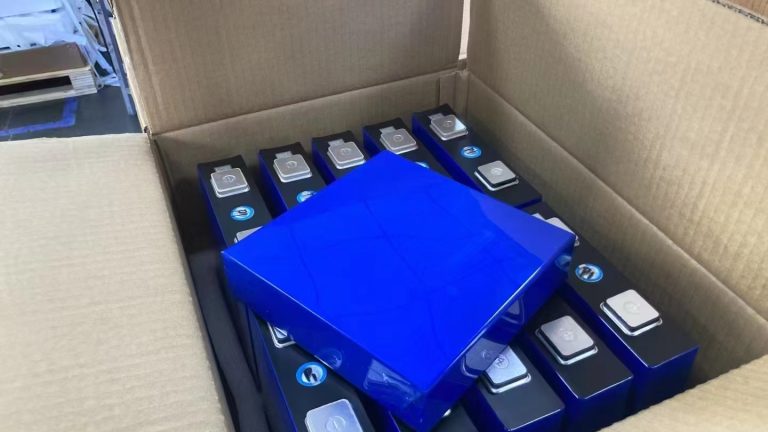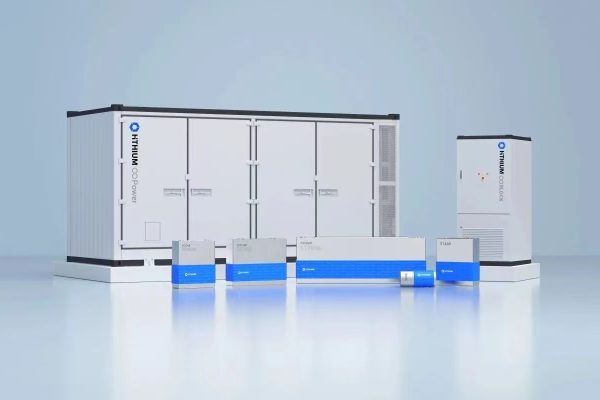🔍 Introduction: Why Proper Battery Sizing Is Crucial
In the world of commercial and industrial (C&I) energy storage, battery sizing is not just a technical step — it’s the foundation of system reliability, economic performance, and regulatory compliance.
A mis-sized battery can result in:
- Underutilized capacity (low ROI)
- Premature degradation
- Failure to meet demand response or tariff reduction goals
Whether you’re designing an energy storage system (ESS) for peak shaving, load shifting, PV self-consumption, or backup power, getting the battery size right is essential.
This guide walks you through the key considerations, sizing formulas, and real-world examples for battery selection in C&I projects.
⚙️ Battery Sizing Basics: Power vs. Energy
Battery capacity is defined by two critical metrics:
| Metric | Unit | Definition |
|---|---|---|
| Power | kW | How much electricity the battery can deliver at a given moment |
| Energy | kWh | How long the battery can deliver power (total stored energy) |
Example:
A 100 kW / 400 kWh battery can:
- Discharge at 100 kW continuously for 4 hours
- Discharge at 50 kW for 8 hours
C&I systems must balance both, depending on use case.
🧠 Understand Your Application First
Before you do any calculations, define the primary goal of the ESS:
| Application | Priority Metric |
|---|---|
| Peak shaving | High power (kW) for short bursts |
| Load shifting | High energy (kWh) for long discharge |
| Solar self-consumption | Energy-focused, daily cycling |
| Backup power | Mix of power and energy, longer duration |
| Demand charge management | Power + short-to-mid energy duration |
📊 Step-by-Step Battery Sizing Process
1. Analyze Load Profile
Collect:
- Interval load data (15-min or hourly)
- Daily & seasonal peak demand
- TOU rate periods
- Existing solar generation (if any)
Identify:
- Daily peak periods (duration + magnitude)
- Night vs. day energy consumption
- Backup duration needs (if any)
2. Determine Required Discharge Duration
Depending on the application:
| Use Case | Discharge Time |
|---|---|
| Peak shaving | 15–30 min |
| Load shifting | 2–6 hours |
| Backup power | 2–12 hours |
| Self-consumption | ~4 hours (daily cycle) |
🧠 Pro tip: Add ~10–20% buffer capacity to account for battery degradation over time.
3. Calculate Energy Capacity (kWh)
Use the formula:
Battery Energy (kWh) = Power (kW) × Discharge Time (h)
Example 1 – Peak shaving:
- Peak reduction goal = 100 kW
- Event lasts 0.5 hours
→ Battery = 100 kW × 0.5 h = 50 kWh
Example 2 – Load shifting:
- Want to shift 300 kWh per day
- Over 4 hours of peak rate
→ Battery = 300 kWh (4h discharge = 75 kW)
4. Adjust for Depth of Discharge (DoD)
Commercial lithium-ion batteries typically allow 80–90% DoD.
Adjust capacity as:
Adjusted Energy = Required Energy / DoD
Example:
- Need 300 kWh
- DoD = 90%
→ 300 / 0.9 = ~333 kWh battery bank
5. Account for Round-Trip Efficiency
Batteries lose ~5–10% energy during charge/discharge.
Effective Required Energy = Real Need / Efficiency
Example:
- Target: 300 kWh usable
- Round-trip efficiency = 90%
→ 300 / 0.9 = ~333 kWh
📌 Efficiency and DoD both influence gross capacity sizing.
6. Factor in C-Rate for Power Delivery
C-rate = Charge/discharge rate relative to battery capacity.
| C-Rate | Suitable For | Example |
|---|---|---|
| 0.25C–0.5C | Load shifting, self-use | 500 kWh battery discharging at 125–250 kW |
| 1C+ | Peak shaving, fast response | 200 kWh battery discharging at 200+ kW |
💡 Choose battery chemistry that supports desired C-rate. LFP is common in C&I systems.
🏗️ System Architecture: Modular vs. Fixed Pack Designs
Modular Racks
- Scalable and flexible
- Easier for system expansion
- Common in 50–500 kWh units
Containerized Systems
- Large-scale use (1 MWh+)
- Pre-integrated PCS and BMS
- Used in industrial parks, data centers
For mid-sized C&I users (300–1000 kWh), modular rack systems with 100–250 kW inverters are often the sweet spot.
🛠️ Practical Design Example
Site: Logistics warehouse
Peak Load: 400 kW
TOU Spread: 6 PM–10 PM (peak price)
Energy Use to Shift: 200 kWh/day
Peak Demand Charge Goal: Shave 100 kW for 30 mins
Sizing:
- Load shifting = 200 / 0.9 (efficiency) = ~222 kWh
- Peak shaving = 100 kW × 0.5 h = 50 kWh
- Total = ~272 kWh
→ Add 10% buffer = ~300 kWh
Inverter power:
- Minimum 100 kW (peak shaving)
- Recommended: 150–200 kW for margin
✅ Battery Sizing Summary Table
| Factor | Typical Range | Notes |
|---|---|---|
| DoD | 80–90% | Affects usable capacity |
| Round-trip efficiency | 85–95% | Impacts energy delivery |
| C-rate | 0.5–1.5C | Must match inverter and use case |
| Battery buffer | 10–20% | Compensates for aging, BMS limits |
| Scalability | Modular preferred | Future expansion |
🔐 Battery Chemistry Considerations
For commercial ESS, the most common technologies include:
| Chemistry | Advantages | Notes |
|---|---|---|
| LFP (LiFePO₄) | High cycle life, thermally stable | Most common in C&I |
| NMC | Higher energy density | Used in space-constrained sites |
| LTO | Fast charging, long life | Expensive, niche use |
📌 Most C&I integrators prefer LFP for safety and cycling reliability.
💡 Why Oversizing Can Be a Mistake
Many integrators and EPCs tend to oversize batteries “just in case.” But:
- Oversized systems = longer ROI
- Unused capacity degrades over time
- Regulatory approvals may become more complex
Design to meet actual demand scenarios, not theoretical peaks.
🌐 Optimize for Use Case, Not Just Size
Battery size is just one variable — system performance depends on smart integration, including:
- EMS control logic
- Inverter-battery communication protocols
- Battery management system (BMS)
- Site-level protection and compliance
🧩 We Help You Get It Right
At GR-Newenergy, we support C&I clients and integrators with:
- Pre-sizing consultation
- Modular battery + inverter matching
- System BOM and technical drawings
- Flexible procurement for pilot projects









